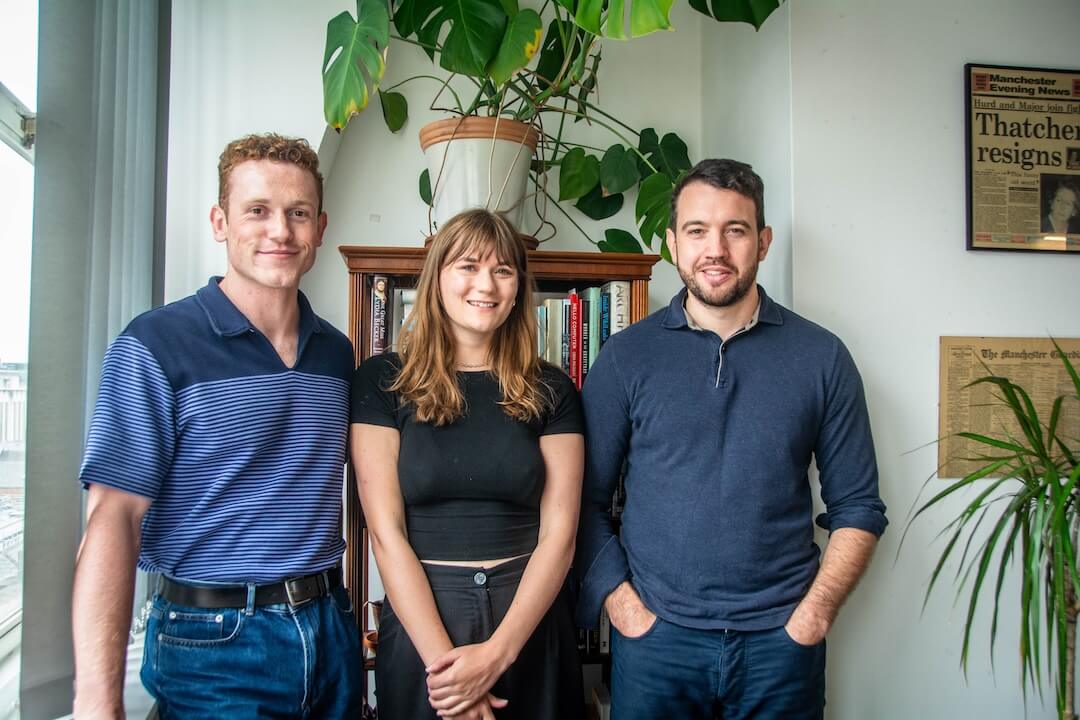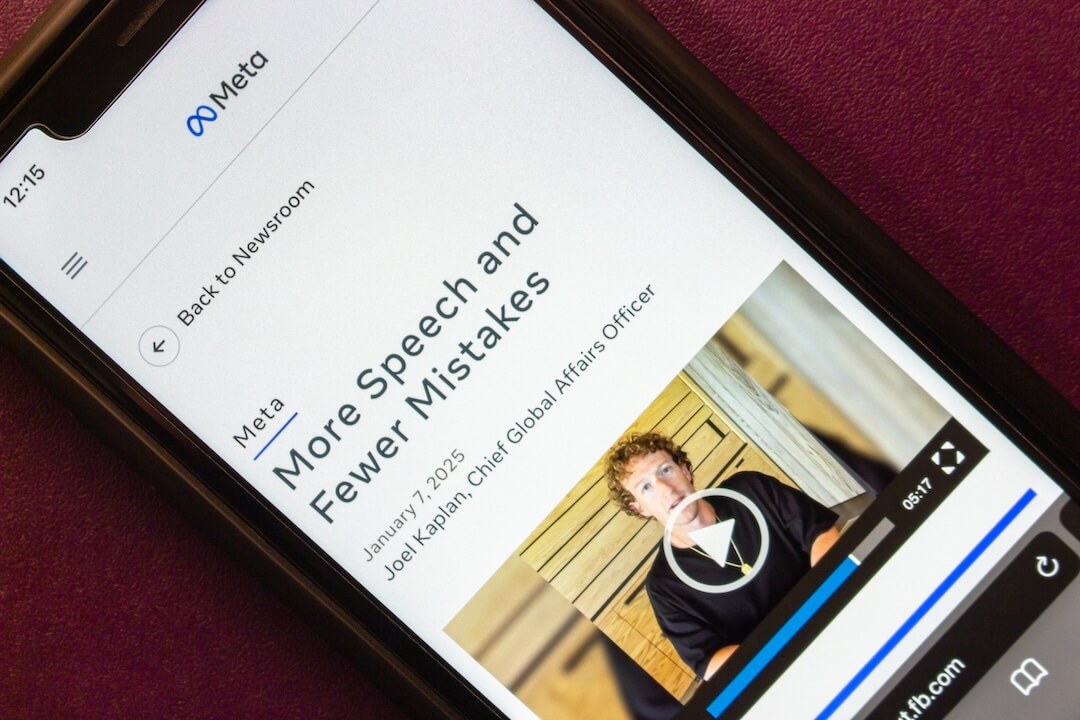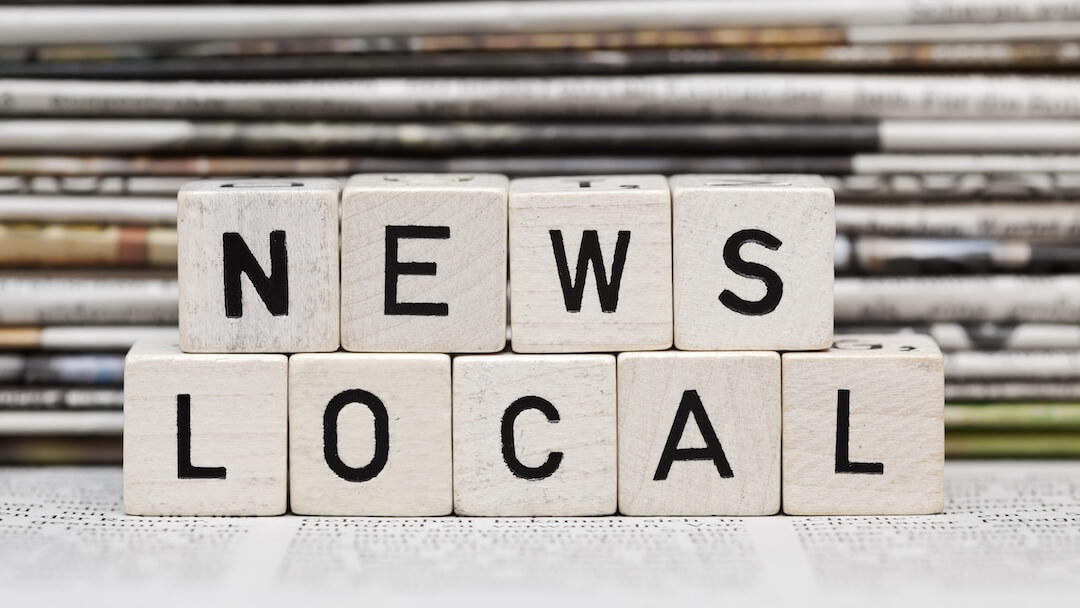On Friday, Mother Jones reporter Shane Bauer racked up yet another award for his 35,000-word opus that chronicled his four months as an undercover prison guard. This time it was the Goldsmith Prize, the annual award given out by Harvard University’s Shorenstein Center on Media, Politics and Public Policy.
It was the latest trophy for the nonprofit magazine, founded in 1976, perhaps best known in recent years for publishing the secret video of then-presidential candidate Mitt Romney’s “47 percent” gaffe. The magazine also won a national magazine award for Bauer’s reporting, in addition to 2017’s Magazine of the Year prize.
But the value of Bauer’s piece coincided with a damning Department of Justice investigation, can be measured in another way: It helped Mother Jones bring in a lot of money.
In August, two months after Bauer’s investigation dropped, CEO Monika Bauerlein and Editor-in-Chief Clara Jeffery split a byline on a story called “This is what’s missing from journalism right now.” It was an appeal for reader support wrapped in an explanation of the tricky economics of publishing hard-hitting investigative journalism for a national audience. In part, it explained that Bauer’s story required time and money and that money from web advertising isn’t enough to keep ambitious newsrooms afloat.
“When that story came out, we opened our books and said, ‘look, this cost $350,000 give or take, to produce,” Bauerlein said. “And the advertising that you see on the page brings in $5,000 or $6,000. So the [difference] between those two numbers is where reader support comes in. And we started making a case for sustaining gifts as opposed to traditional donations that happen one time.”
The result? Since Mother Jones launched the campaign (which includes this explanation of the click economy), the magazine has seen “hockey stick” growth in its sustaining contributors — readers who give a monthly gift to the nonprofit, Bauerlein said.
Before the appeal, Mother Jones brought in about $20,000 per month in sustaining reader contributions. Over the next six months, the magazine tripled that. They saw a 164 percent increase in monthly sustaining donors from January 2016 to January 2017, and a 341 percent increase in “average new, digital-sourced magazine subscribers each month.” That’s on top of a 72 percent increase in web traffic for January compared to the year before.
By the end of November 2016, Mother Jones was close to receiving $70,000 in monthly sustaining gifts, a number that has increased since.
Many of the donations come when readers are offered the chance to subscribe to Mother Jones, Bauerlein said. The subscription offer, familiar in the digital realm, provides a context for readers who are ready and willing to pony up for journalism, she said.
“A lot of the ways that we in our digital lives express our loyalty to something come in the form of a subscription,” she said. “You subscribe to a channel, you subscribe to a podcast — that’s a behavior that people are really used to. So they’re coming and subscribing, and right after you subscribe, you get the opportunity to also make a donation. And that, at this point, is the primary driver for online donations.”
The sustaining donations couldn’t have come at a better time for Mother Jones, which in 2016 was still reeling from a expensive legal battle with Republican billionaire Frank VanderSloot. The defamation lawsuit dragged on for years and cost the magazine about $650,000 out-of-pocket. The reader support has helped Mother Jones bank a modest surplus, which Bauerlein says they’re planning to reinvest in the newsroom.
Indeed, some of that investment has already begun. Over the last two years, Mother Jones has grown its newsroom by about 30 percent, Bauerlein said. The magazine currently has 61 people split between its San Francisco and Washington, D.C. newsrooms, up from 43 in 2015.
Is the rush of Donations to Mother Jones illustrative of a nationwide trend? For some news organizations, perhaps, but not for others. National and global outlets like ProPublica and The New York Times may be benefitting from the so-called “Trump bump” — a rise in subscribers and contributors inspired in part by the election of President Trump. A few newspapers, such as The Boston Globe, have enjoyed a subscriber boost, but the effect is far from universal.
The success of Mother Jones’ funding drive can be attributed to a few factors, Bauerlein said:
Transparency. Readers won’t open their wallets unless they know what they’re getting, Bauerlein said. When Mother Jones launched its longform appeal, they made sure to be honest about the magazine’s finances.
“The journalism is all about transparency and accountability and about appealing to intelligence and going deep,” Bauerlein said. “So that’s the approach that we took in our fundraising. The fundraising really speaks to you in the voice of the journalism, as an integral part of the journalism.”
Deliver value: Giving readers something of value is integral to contributions, Bauerlein said. If you don’t have something of value to show, people won’t donate.
“I think we have found over and over again that the way people respond is when you show them the value of the journalism,” Bauerlein said. “And what they respond to is depth, quality, fairness. That’s why, when we do these big investigations like the prison piece, the value proposition makes itself.”
Scale matters: Only about one of every 10 readers will contribute to a news organization, so it’s important to reach a lot of people, Bauerlein said.
“Building a large audience forces you to reckon with what a large number of people are going to be interested in and really think about packaging and smart presentation and appealing to your senses, appealing to the joy of narrative and so forth,” Bauerlein said. “But it also, then, gives you an opportunity to test out different kinds of strategies at scale.”
Have a clear sense of identity: It helps to have a brand, or a personality, that resonates with the people you’re trying to reach, Bauerlein said.
“I think you’ve got to have an identity play,” Bauerlein said. “‘Publication of record for progressives’ is not a label we would wear. But there definitely is an allegiance to causes of justice and fairness and democracy, for lack of a better word, that is at the core of what the organization is about. And I do think that is important. I think a bland and anodyne persona that is devoid of any sense of voice and perspective makes a news organization harder to relate to.”
The donations have been helped along by a growing awareness among readers that important stories don’t produce themselves, Bauerlein said.
“They’re coming to a conclusion that journalism is not something that is going to be made to happen by elves, as it were,” Bauerlein said. “It’s something that someone has to pay for. And they are making the decision that they are going to be among the people that pay for that.”






